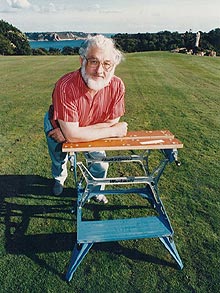So what does a license agreement do?
According to the LES (Licensing Executive Society), it “allows an organisation or person to make use of some technology that might be protected by a variety of intellectual property, including patents.”
For a refresher on the different forms of IP protection, see our page Vital Info.
What are the types of Licence Agreements?
There are 3 types of Licensing agreements:
- Non- Exclusive. The Licensor can use it and license it to other parties.
- Sole. The licensor can use it but cannot license it to others.
- Exclusive. Only the licensee may exercise the right to license.
Each Licence Agreement is unique and can be tailored to take into account the value of the IP. The agreement must reflect the needs and expectations of both parties. In any case, the contract should include the following points:
The territory, field of use, time period, scope and capacity, licensed rights (method import, export), what Intellectual Property is being licensed and a review period of the agreement to check progress and figures.
The most important thing to remember is the contract is the foundation of a partnership; all parties must feel comfortable with the deal for the duration of the contract.
What are the advantages of licensing?
For the Licensor
The major benefit of licensing is that it takes away the stress of financing a start-up. For early-stage technology, some of the R&D costs, production and distribution can be undertaken by the licensees, and you get royalties for each product that is sold. For many inventors, this is an attractive option.
For the Licensee
Access to new technology and potential new markets
How to find & identify the right company?
Big is not necessarily better. Make the internet your best friend. There are several tools you can use to do your research: Linked In, Trade Magazine, Trade association, The WorldWide Patent Search Report, and The British Library offers key information on specific sectors.
At what point can you license an idea?
There is no set rule, but having a good presentation tool and a prototype is better and a good starting point. It demonstrates the functionality of the concept and gives credentials to your project.


